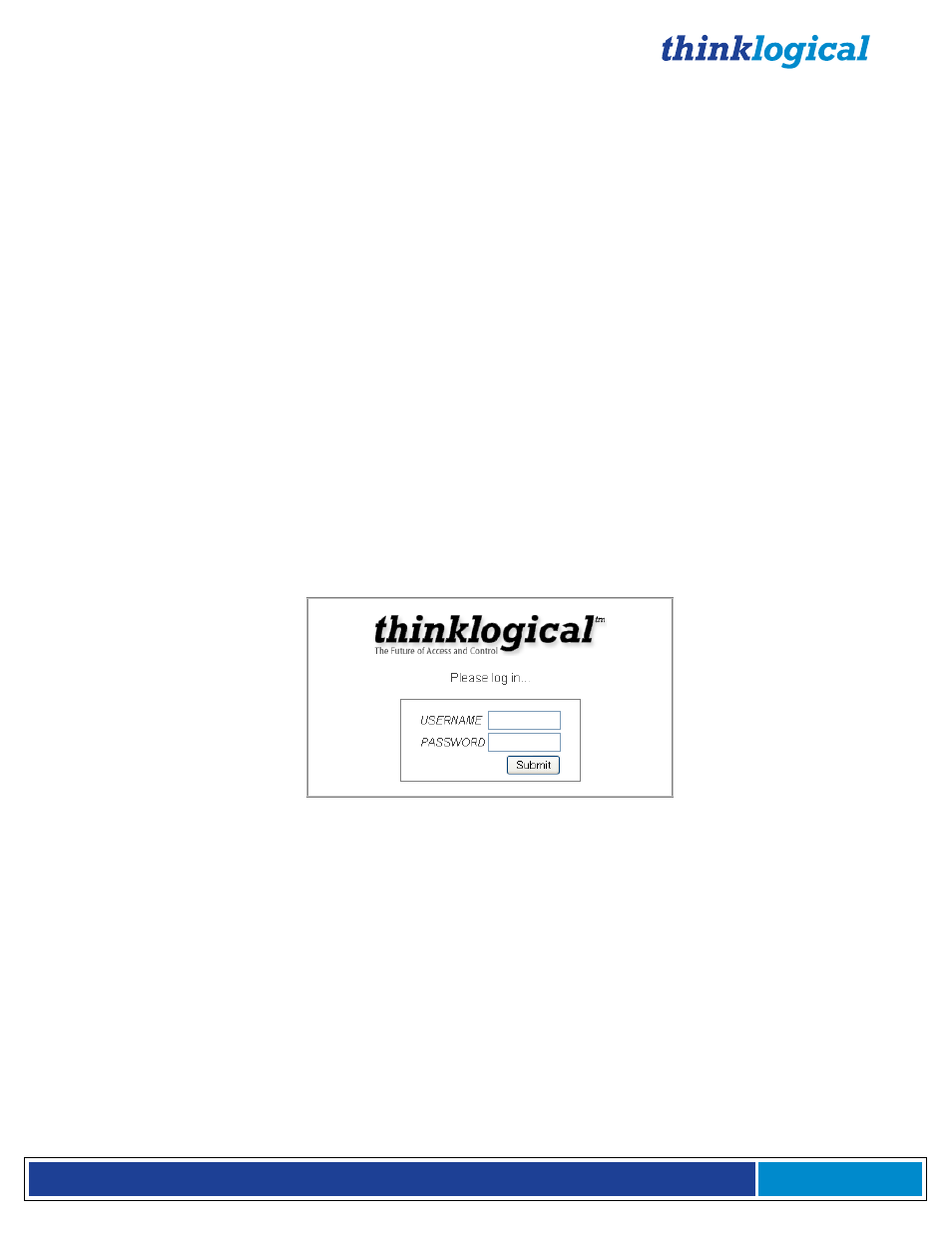Appendix d: x4 configurator software – Thinklogical MX48 Router Manual User Manual
Page 31

®
M X 4 8 R o u t e r P r o d u c t M a n u a l , R e v . F , D e c . 2 0 1 4
Page 27
APPENDIX D: X4 CONFIGURATOR SOFTWARE
The
X4 Configurator Software
allows for easy and intuitive setup and control of the switching between
source computer or video entities and user display destinations such as desktops, theaters, conference
rooms, editing suites, control consoles, video walls, biomedical imaging arenas, satellite mapping, etc. In
addition, single video sources may be multi-cast (one to more than one) or broadcast (one to all) to
desired destinations. Additionally, macro presets may be created for saving and recalling commonly
used input and output ties.
Controlling the MX48 with the X4 Configurator software requires an external Control Rack Computer with
a configured network. In addition, each MX48 requires a static IP address used to identify it. Router
information is stored by IP Address, so it will not change. A web browser is used to manage the
MX48(s).
One or more MX48 Routers can be controlled via a web-based software package running on a Control
Rack Computer running Microsoft Windows or Linux.
Once the network(s) are configured and the control software is running, the control pages can be
accessed from any connected client PC by starting a browser and setting the URL to http://192.168.13.9
(if running on a static network) or the name/address of the control server as set by the network
administrator.
The user will be greeted with the following login screen:
The installation software includes two default accounts as show below. Please log in using the admin
username for first time set up.
Username:
admin
Password:
admin
Username:
user
Password:
user
CONNECTIONS
When logged in, you will land on the Connections page. This page displays destinations on the left side
of the screen and sources on the right. The interface comes preconfigured with examples of ten (10)
sources and ten (10) destinations. The first five are single head sources and the second five are dual
head sources. These are simply examples and will need to be changed for your location configuration.
